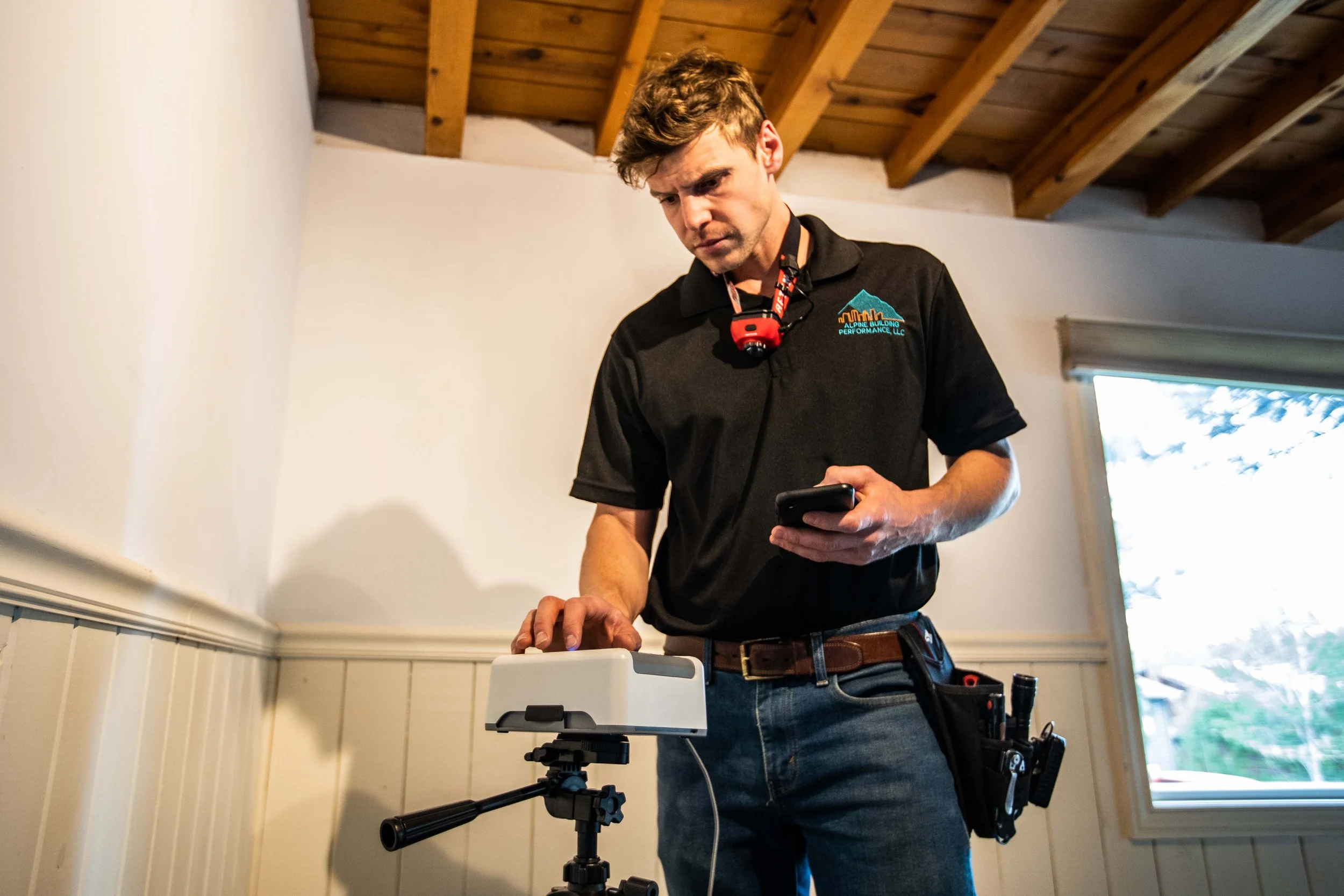There is a lot of incorrect information circulating about the need and necessity for radon testing. First off, it’s important to know that there is no way to determine radon levels in a home without performing radon testing. What is typically misunderstood is what homes should be tested for radon based on the type of home, layout or construction method. This blog post will help to clarify some of the common misconceptions around radon testing.
Myth: radon testing is only necessary on homes that have a basement.
Myth explained: radon is a soil gas and therefore concentrations of radon gas are higher the closer to the soil you are. Therefore, basements typically have the highest radon level within a home. While it’s true that homes with basements are more likely to have higher radon levels, it doesn’t mean that homes sitting on a crawlspace or a slab foundation do not have radon. It indeed may be less likely that a home on a crawlspace or a slab has lower radon levels than one with a basement, but by no means does this mean that there is no potential for high radon levels. If radon levels in the soil are naturally occurring and are high enough, those radon gasses can make their way into a home that would be at concentrated levels above the EPA recommended threshold. It is important and most certainly advised to perform radon testing on any home that has not been recently professionally tested.
Myth: the home has a radon mitigation system so therefore I do not need to perform a radon test.
Myth explained: while one would hope that the presence of a radon mitigation system would properly manage levels below the EPA recommended threshold, unfortunately this is not always the case. We see many homes with active radon mitigation systems where radon levels are above the EPA recommended threshold. There are a few reasons why this could be the case. One, the radon system was not professionally installed or was either not correctly installed from the get-go. Proper radon mitigation does require knowledge and expertise in order to effectively mitigate high radon levels in one’s home. If the design and installation of the system was improper, such as an undersized fan, incorrectly located system, or improperly installed vapor barrier— to name a few—the system may not be performing up to specifications. Second, conditions may have changed either with the soil or with the radon concentration in the soil, or conditions to the home such as gaps and cracks in the slab foundation or tears in the vapor barrier that are now allowing more radon to enter the home then was the case at the time of initial installation. Regardless of having a system or not, the EPA recommends performing radon testing yearly to ensure that radon levels are safe within the home and that equipment is properly functioning. Oftentimes we will see builders and homeowners claiming that their home has a radon mitigation system when in fact that is not an accurate statement. Commonly mistaken systems could be things such as passive vapor barriers, pre-plumbed pipe stubs ready for a system, or perhaps an exhaust fan in a basement or crawl space. While all of these things may help to reduce radon levels, they are not true active radon mitigation systems installed by radon mitigation professionals, and therefore may not be effective.
Myth: the home was just tested, and the results came back low.
Myth explained: in order to get accurate radon test results, specific radon testing conditions must be met and adhered to in order to get accurate radon level readings. Most notably this means that the house must be kept in closed house conditions during the test and for at least 12 hours before the start of the test. Oftentimes we find that closed house conditions are not kept, especially if it is an occupied home in the warmer seasons of the year when people are more likely to have windows open and leave doors open for extended periods of time. Unless you are confident that proper testing conditions were met, then it’s a wise idea to retest to ensure that accurate levels are achieved.
Myth: my neighbors don’t have high radon, and/or this is an area that is not known to have high radon.
Myth explained: because radon is a dynamic soil gas it cannot be reliably generalized that certain areas have certain levels. While we do see commonalities and correlations on a geographically local basis, that is not always the case. One radon result in a home can vary drastically from another radon results in a home down the street or only a short distance away. Again as with a common theme here, you should never assume and always test.
As you can see there are a handful of reasons why a prospective buyer may not think they need to test at home for radon. These myths can be misleading and therefore provide inaccurate information that has a potential affect on your families health and safety. It is generally advised that you always perform a professional radon test to accurately determine home radon levels.
For any questions about radon testing please contact us at Alpine Building Performance LLC.

